While there’s no single “best” way to dispose of cat litter, several options are considered more eco-friendly and responsible than others. Here’s a breakdown of the different methods and their pros and cons:
- Throwing it in the rubbish:
Pros: This is the most common and readily available method. Most local councils will accept cat litter in regular rubbish disposal and collection.
Cons: Litter, especially clay-based ones, ends up in landfills, taking up space and potentially releasing harmful methane gas during decomposition. Non-biodegradable litter poses further concerns.
- Composting (with caution):
Pros: Composting can break down biodegradable litter into nutrient-rich soil amendment.
However, be aware that:
• Not all litter is compostable: Check the packaging for “compostable” certification.
• Cat waste carries parasites: Never compost used litter directly, as it might contain harmful pathogens. Only compost litter soiled with plant-based waste from herbivores like rabbits or guinea pigs.
- Flushing (highly discouraged):
While flushing seems like the easiest way to dispose of your cat litter, this is entirely discouraged.
Never flush cat litter! Even “flushable” brands can contribute to sewage system clogs and damage infrastructure. Additionally, cat waste can contaminate waterways and harm aquatic life.
- Specialised Waste Services:
Pros: Some companies offer services specifically for pet waste disposal, including biodegradable litter options. They collect and process waste responsibly, often through composting or incineration.
Cons: This option might not be widely available or affordable in all regions.
Recommendations for the right disposal of cat litter
Firstly, to make disposable easier for yourself, prioritise biodegradable litter: Opt for litter made from natural materials like wood-based products, plant fibres or recycled paper, certified compostable if possible. At Bodens our Premium Litter Wood Pellets are an environmentally friendly option and are biodegradable. Available in most large UK supermarkets, pet stores and wholesalers, our wood cat litter pellets are easily accessible for the domestic cat owner.
Double-bag and seal waste: Use sturdy, biodegradable bags to prevent leaks and odours before disposal in the trash.
Consider alternatives: If the above options aren’t ideal, explore using a litter box liner system for easier waste removal or switching to a pet with a plant-based diet whose waste might be compostable with more caution.
By understanding the different methods and making informed choices, you can dispose of your cat litter responsibly and minimise your environmental impact.
For more information about our biodegradable cat litter, which makes disposing of your cat litter easier than ever, contact our team.



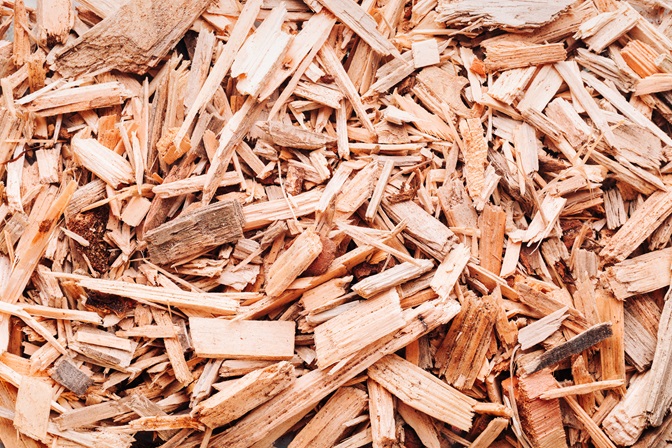
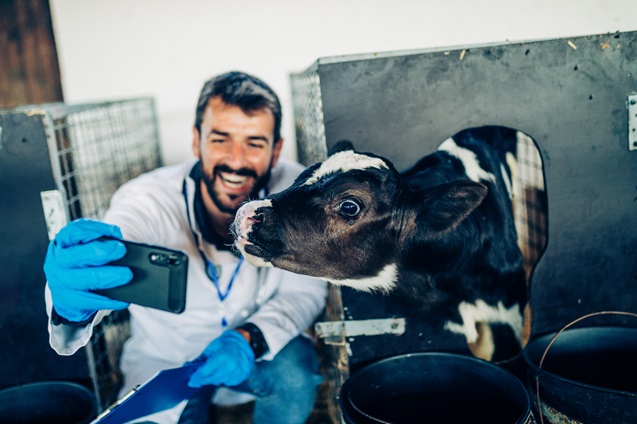



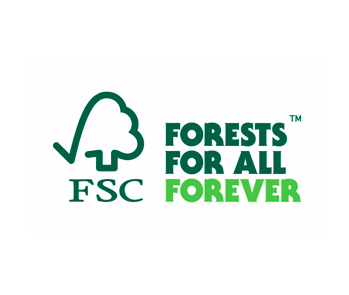
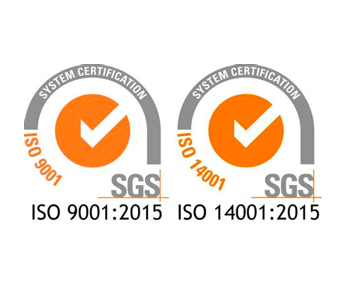

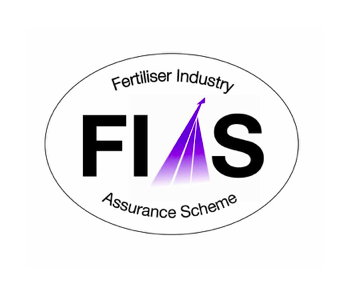
 Get Directions
Get Directions